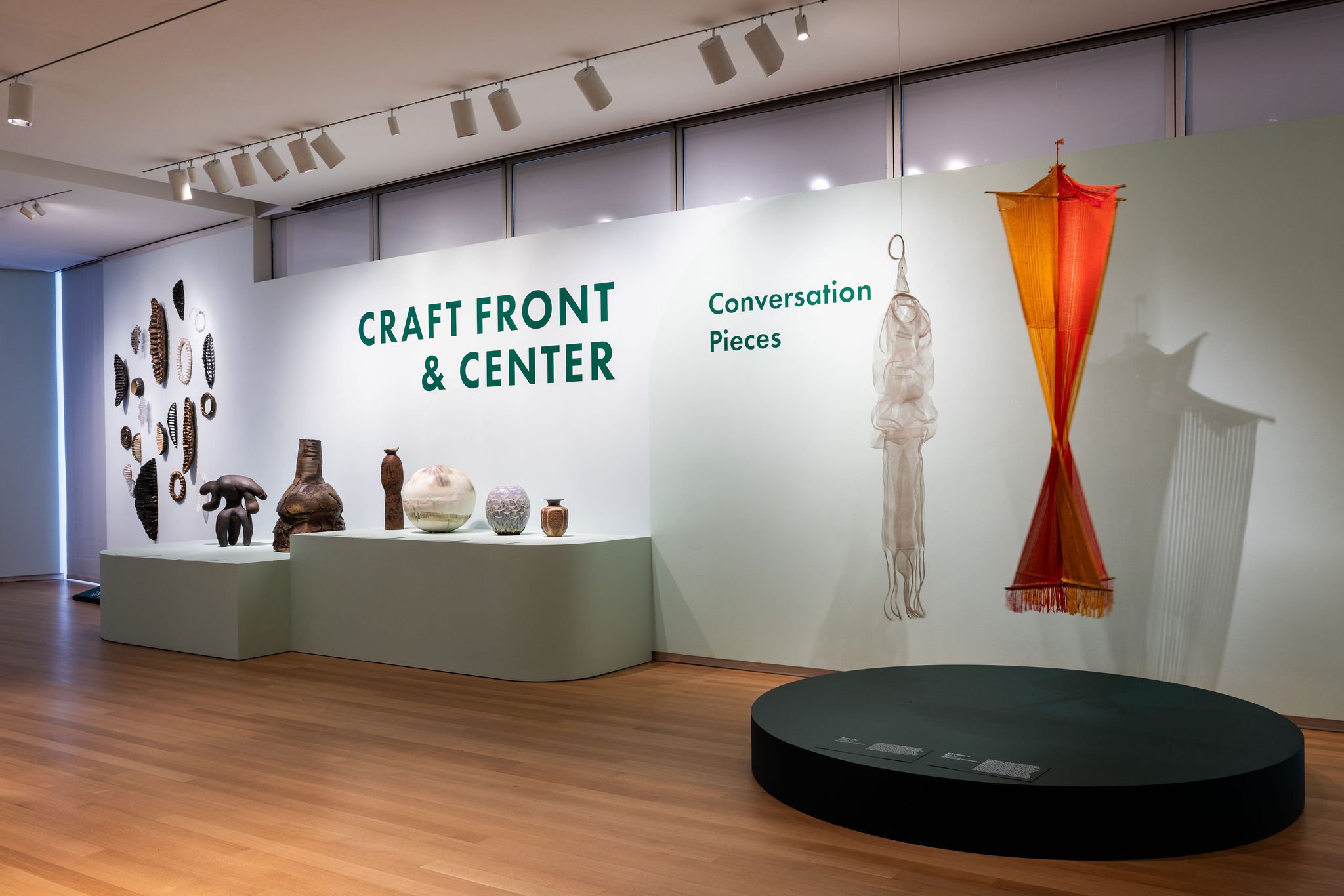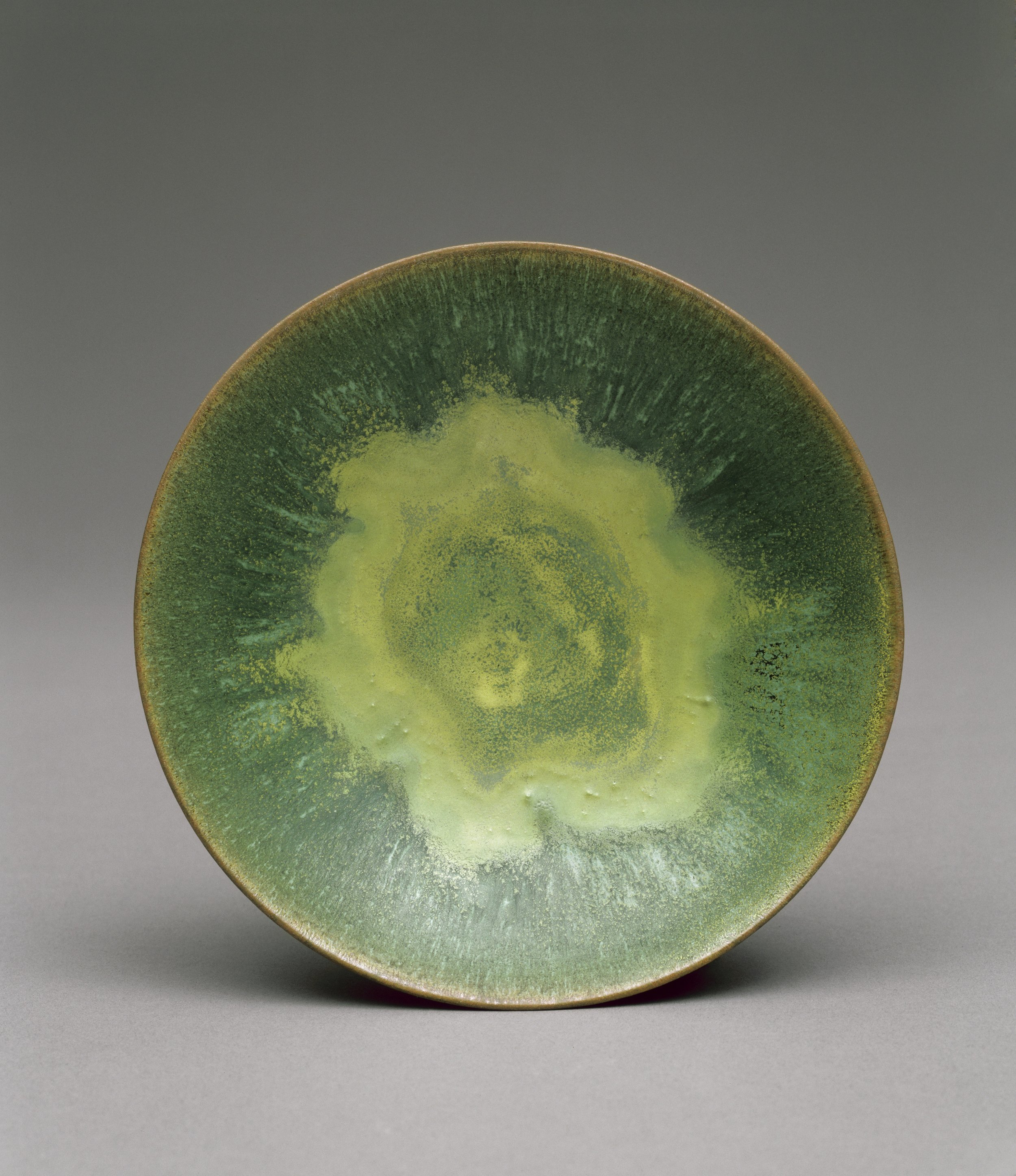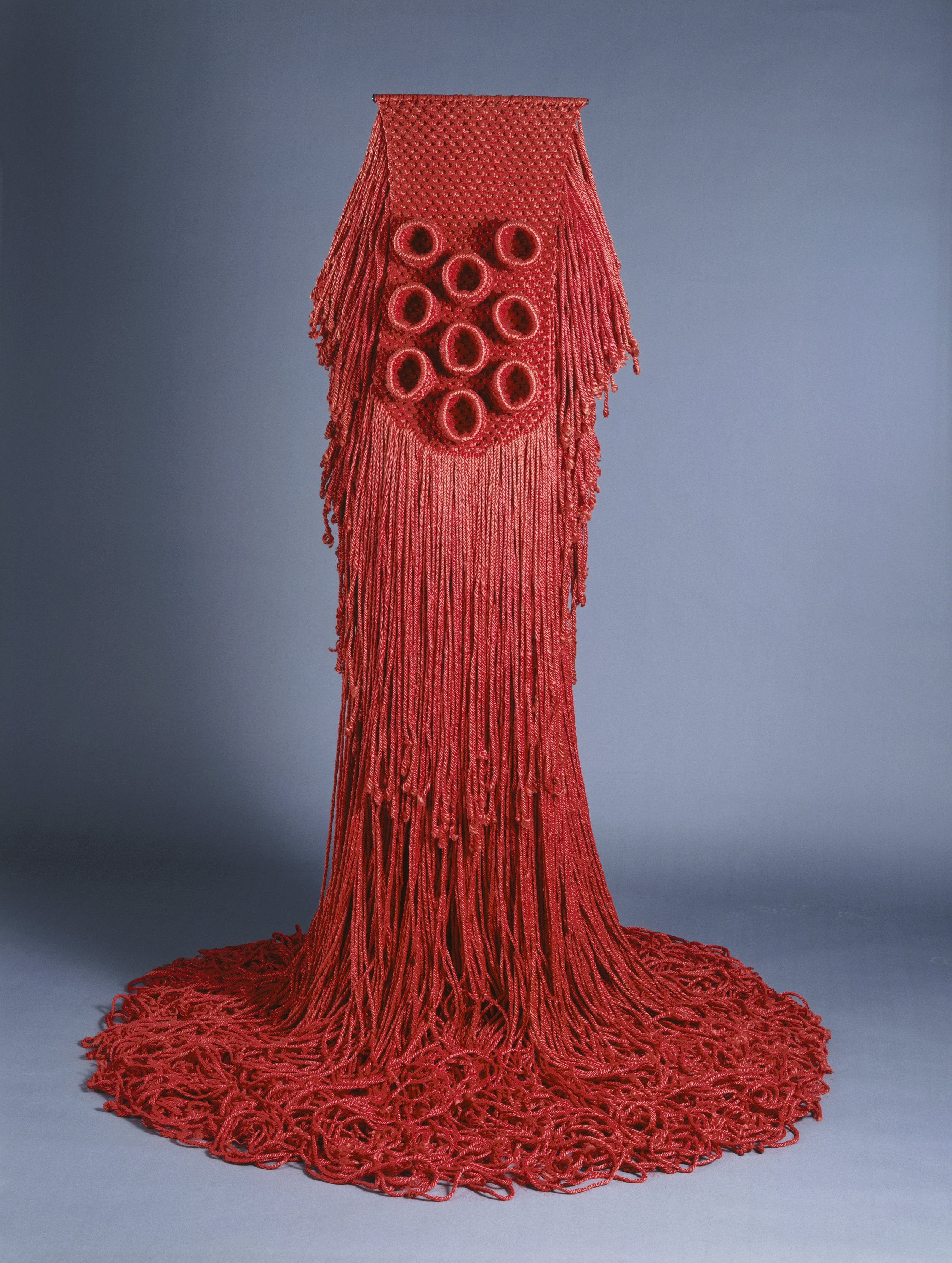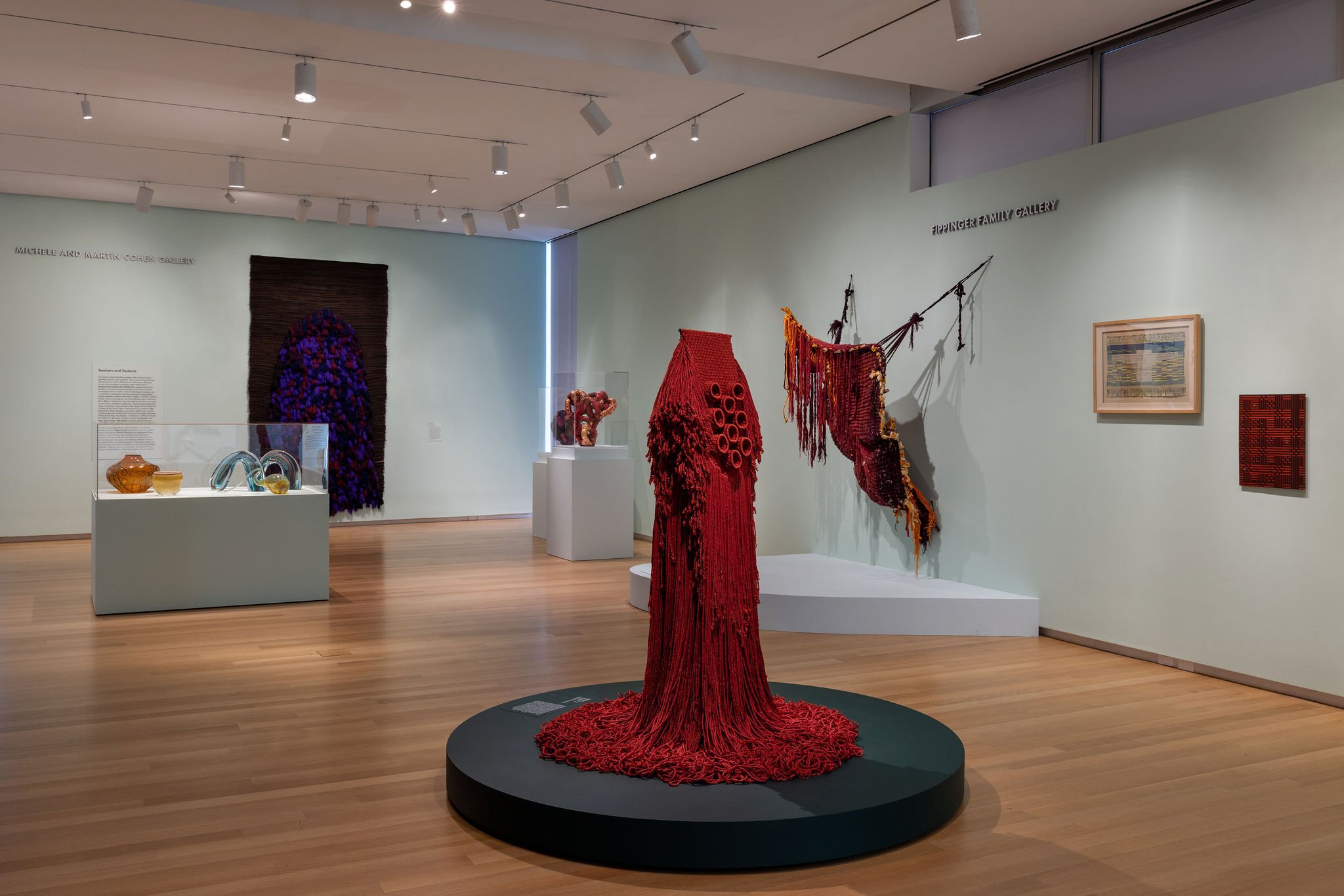Craft Front & Center: Conversation Pieces
Installation view of Craft Front & Center: Conversation Pieces at the Museum of Arts and Design, New York Photo by Jenna Bascom; courtesy the Museum of Arts and Design. Image dimensions: 2048px x 1366px
Craft Front & Center: Conversation opened on June 1 2024. Each Piece explores craft’s collaborative approach to learning and working by placing pioneering twentieth-century craft artists into dialogue with twenty-first century artists who are rethinking craft techniques and materials. Showcasing MAD’s permanent collection, the exhibition brings together more than sixty historic, recently acquired, and commissioned works in a range of artistic media; most prominently, the central craft materials of ceramic, glass, and fiber. “While all art hinges on the exchange of ideas, craft-based art is particularly dependent on the relationships between artists,” said Alexandra Schwartz, MAD’s Curator of Modern & Contemporary Art, Design & Craft. “Techniques such as weaving, blowing glass, or throwing pots are skills that must be taught. As a result, artists who use craft techniques tend to be especially attuned to craft traditions—and invested in upending them.”
Gertrud Natzler and Otto Natzler Bowl (H814), 1957. Photographer: Photo: Ed Watkins. Image dimensions: 4585px x 5307px
Three overlapping thematic sections illuminate how craft’s collaborative approach to learning and working informs creative practices. The “Teachers and Students” section presents works by artist educators alongside works by their pupils. Notable pedagogic relationships represented include California College of Arts and Crafts faculty Trude Guermonprez and her mentee Kay Sekimachi, University of California, Berkeley faculty Paul Voulkos and students Jun Kaneko and Mary Ann Unger, and Cranbrook Academy of Art’s Maija Grotell, who trained Toshiko Takaezu and Katherine Choy. The section also includes artists who studied together at the same academies and workshops, many of whom went on to work together and influence one another throughout their career, such as Bauhaus alumni Marguerite Friedländer-Wildenhain and Anni Albers.
Claire Zeisler Red Wednesday, 1967. Photographer: Eva Heyd Image dimensions: 4347px x 5764px
The “Collaborations” section provides an expansive view of artistic partnerships. Founders of the artist collective AYDO Studio, A young Yu and Nicholas Oh create multimedia projects that explore their Korean American heritage and incorporate Korea’s craft traditions, often in audacious and unexpected ways. Designer Pedro Barrail works with a team of indigenous craftspeople in Paraguay to produce furniture that challenges perceived divisions between ancient craft techniques and contemporary design. Composing a stoneware portrait of her own mother inspired by a carved ivory likeness of a sixteenth-century German aristocrat, artist Rachelle Dang forms a collaboration with the ivory’s unnamed artist.
Installation view of Craft Front & Center: Conversation Pieces at the Museum of Arts and Design, New York Photo by Jenna Bascom; courtesy the Museum of Arts and Design. Image dimensions: 2048px x 1366px
The “Generational Dialogues” section examines how the creative resonances of the studio craft movement continue to influence artists and designers today. It includes experimental works of fiber art created by Sheila Hicks and Claire Zeisler and artists who continue to push the boundaries of the medium, such as Vadis Turner and Kira Dominguez Hultgren. To further explore the significance of dialogue among artists, MAD asked ceramic artists Marie Herwald Hermann and Anders Herwald Ruhwald, who share a studio in Chicago, to collaboratively select works from the permanent collection to be shown alongside their own. Hermann’s works, created specifically for the exhibition, directly reference the works of Ruth Duckworth. Ruhwald apprenticed with Jun Kaneko and his works on view were influenced by his mentor.
EXHIBITION CREDITS
Craft Front & Center has been made possible by a major grant from the National Endowment for the Humanities and Museum of Arts and Design together: Democracy demands wisdom. The exhibition is also supported, in part, by public funds from the New York City Department of Cultural Affairs in partnership with the City Council and the New York State Council on the Arts with the support of the Office of the Governor and the New York State Legislature. Research was supported by a Craft Research Fund grant from the Center for Craft. Additional support from The Gladys Krieble Delmas Foundation.
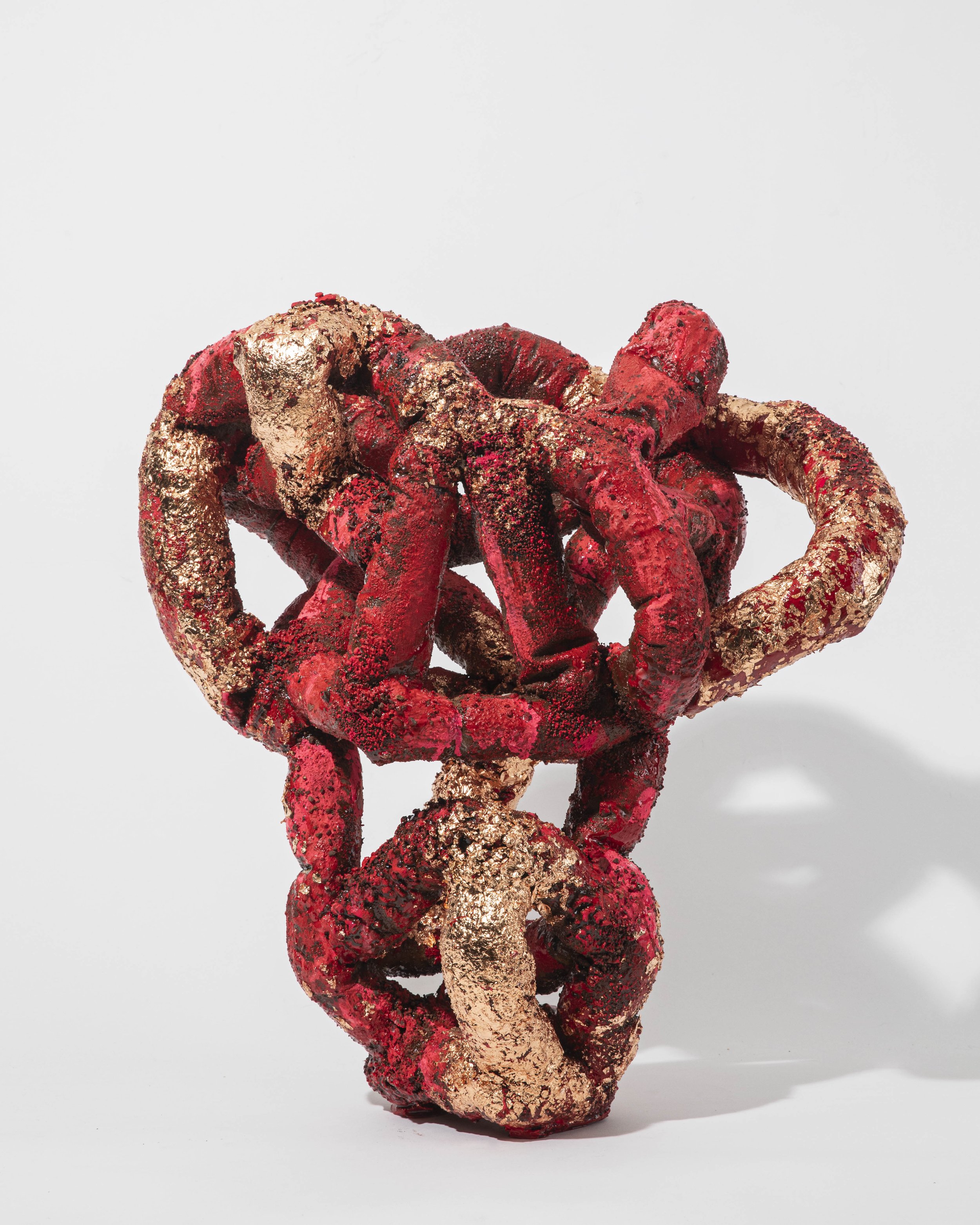
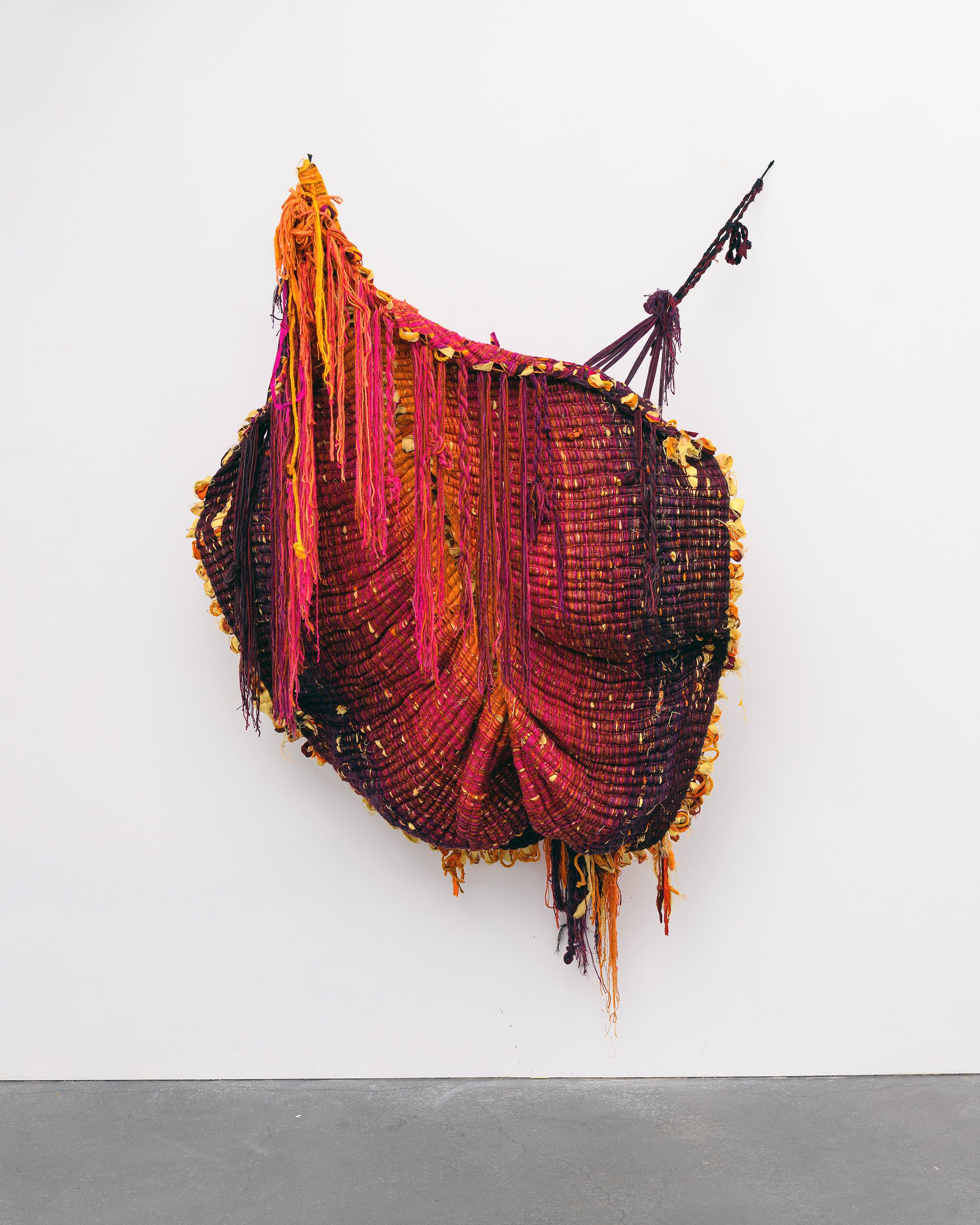
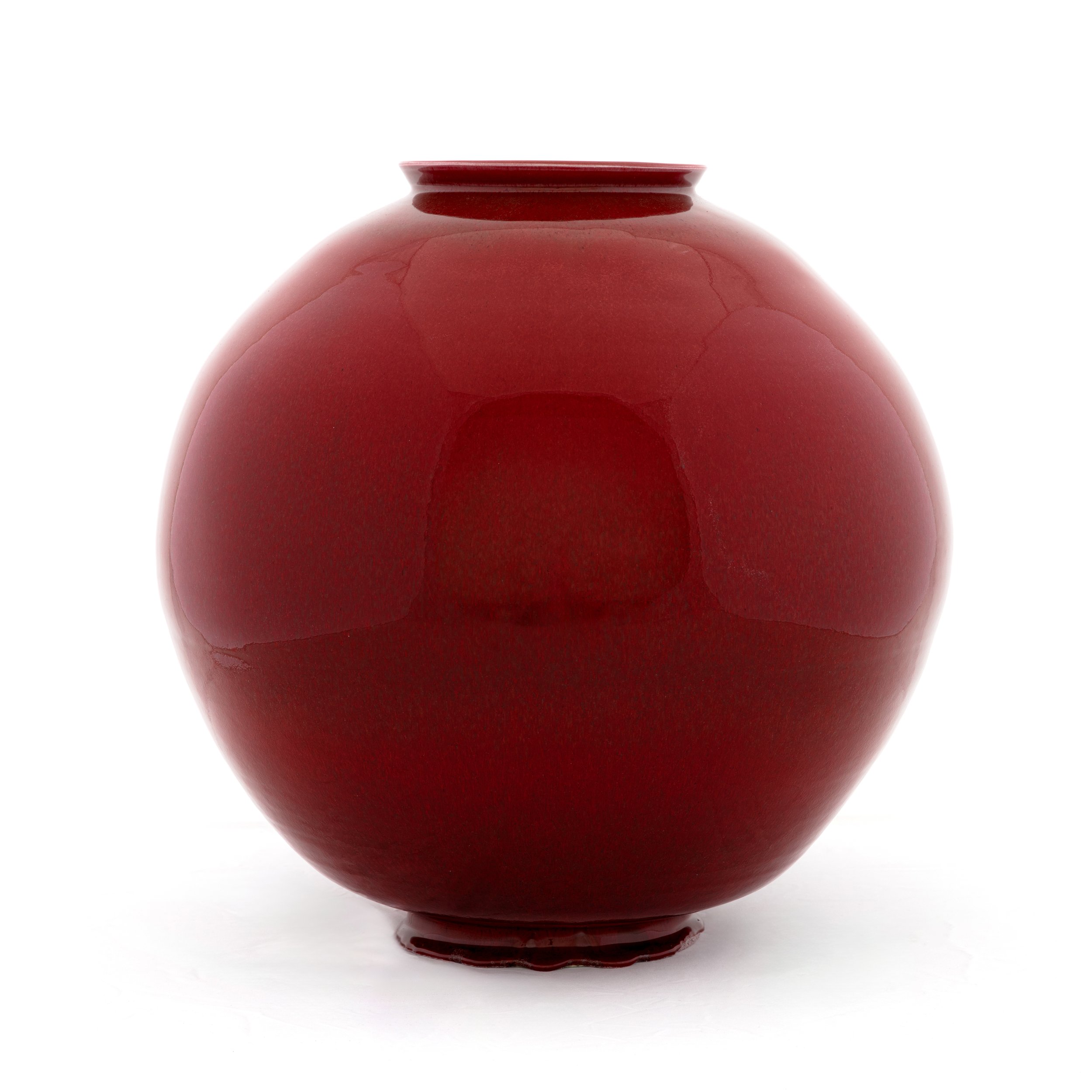
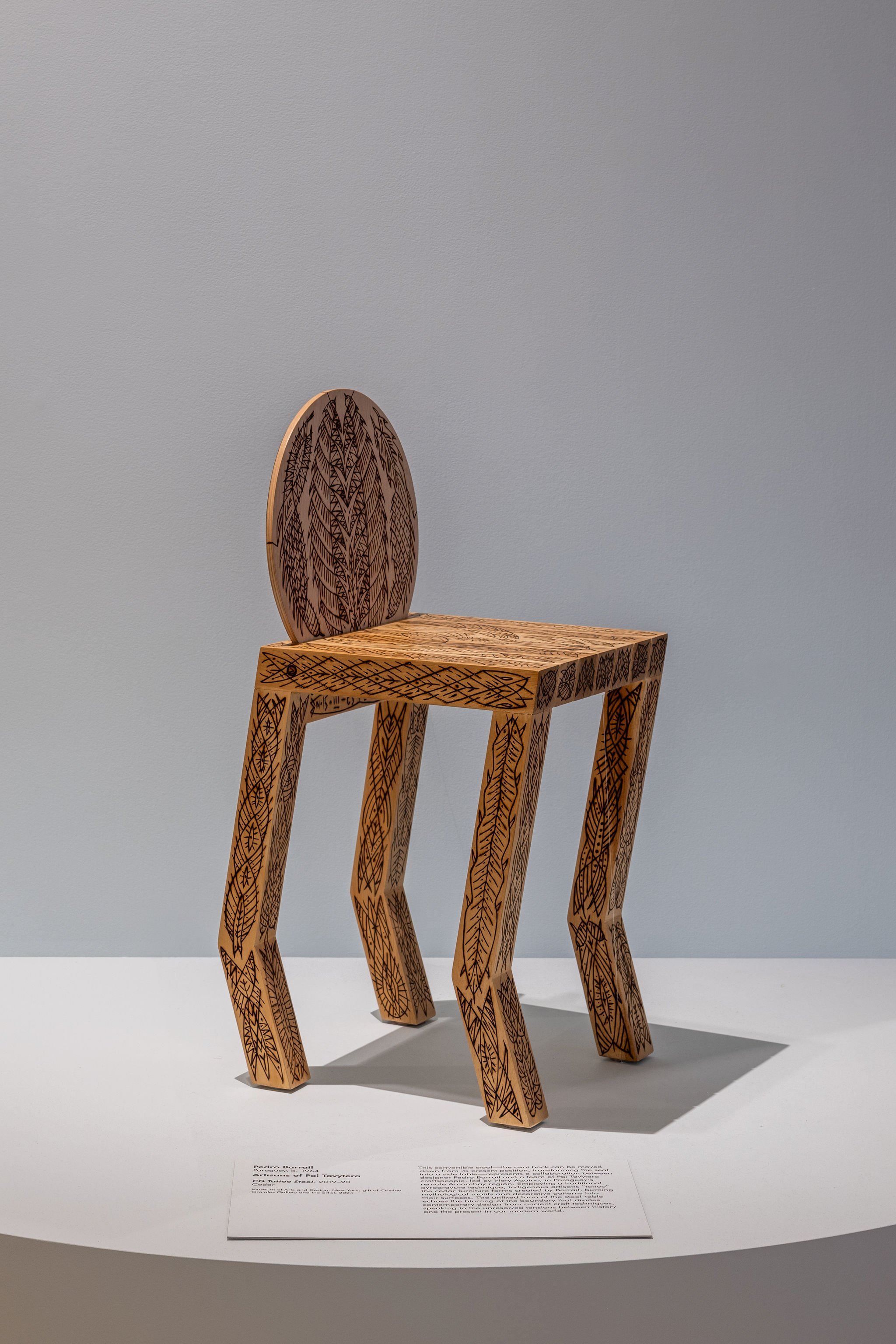
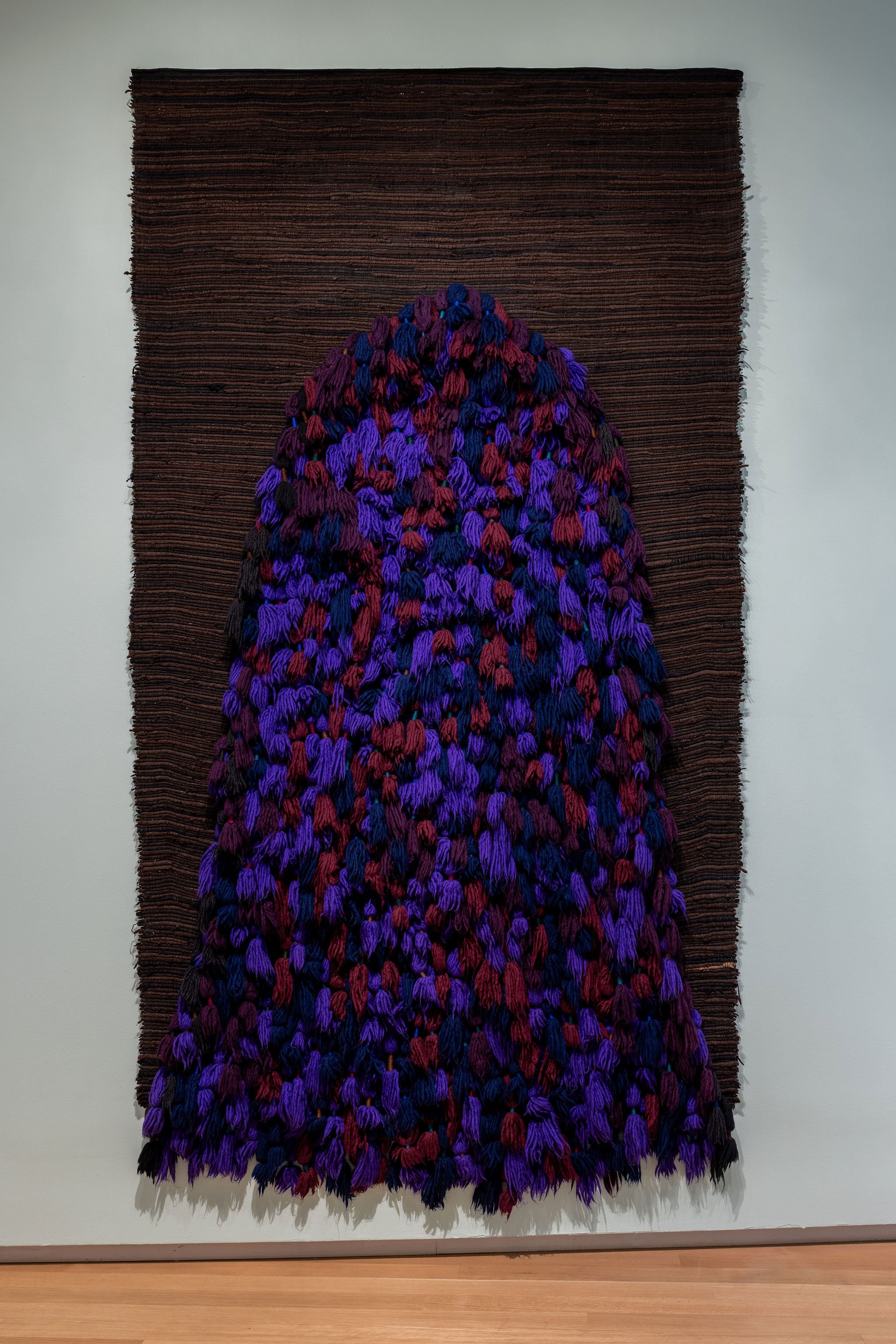
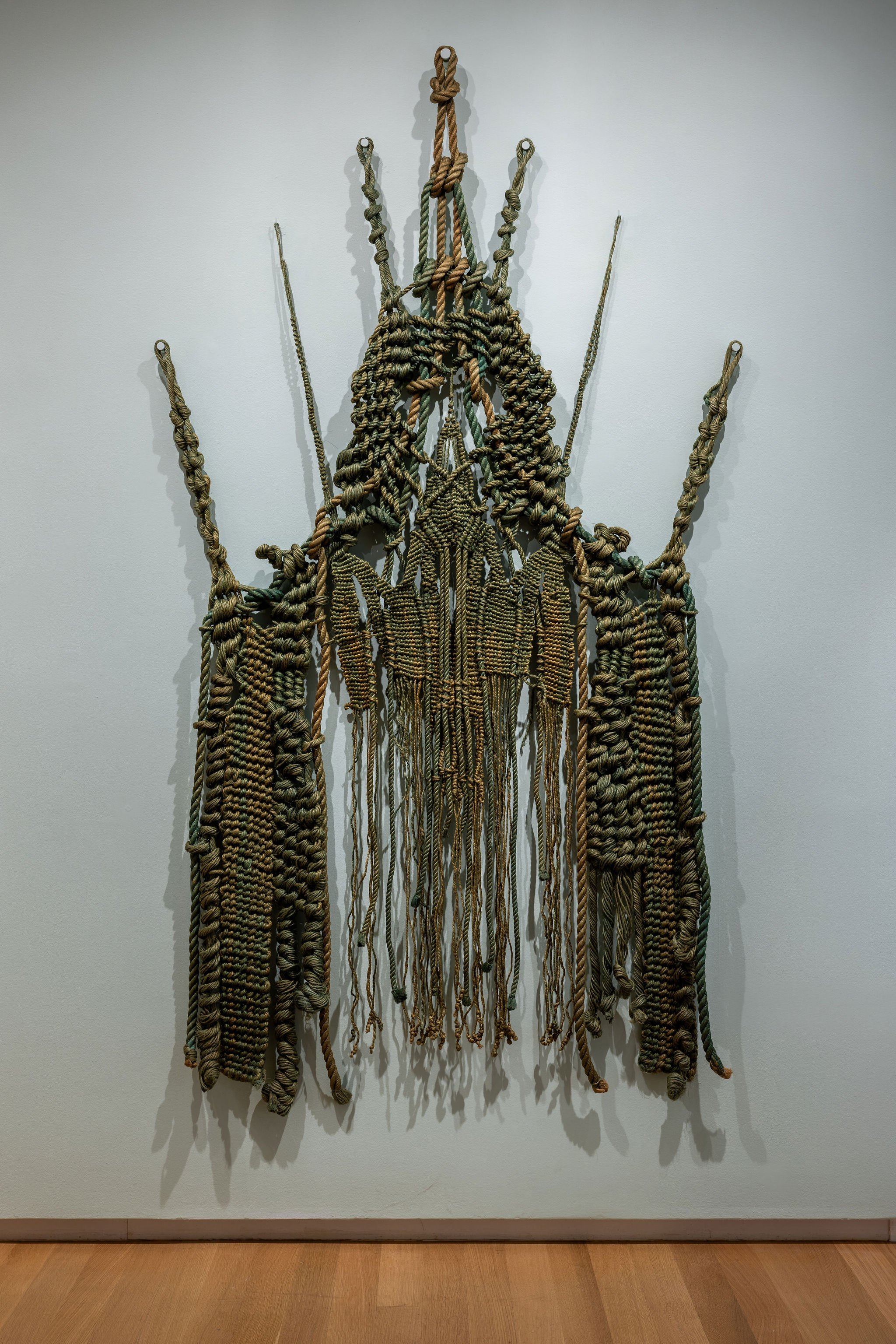
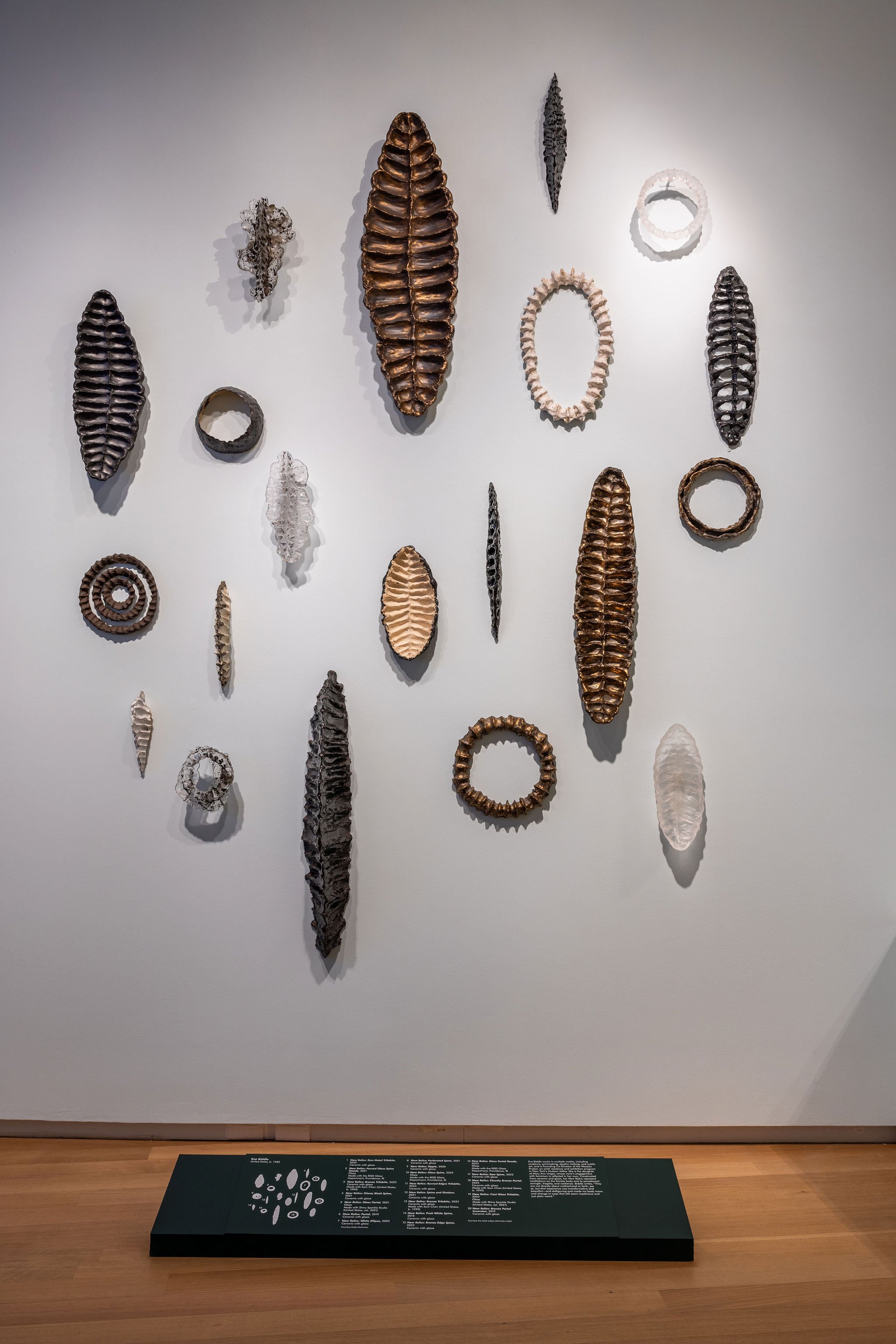
ARTISTS ON VIEW (ALPHABETICAL)
Anni Albers; AYDO Studio (A young Yu and Nicholas Oh); André Azevedo; Eve Biddle; Dale Chihuly; Katherine Choy; Rachelle Dang; Kira Dominguez Hultgren; Ruth Duckworth; Marguerite Friedländer-Wildenhain; Françoise Grossen; Maija Grotell; Trude Guermonprez; Marie Herwald Hermann; Sheila Hicks; Tony Jojola; Jun Kaneko; Liliana Ovalle & Colectivo 1050º; Harvey Littleton; Gertrud Natzler; Otto Natzler; Pedro Barrail & Artisans of Pai Tavytera; Anders Herwald Ruhwald; Kay Sekimachi; Toshiko Takaezu; Peter Ting; Vadis Turner; Mary Ann Unger; Peter Voulkos; Claire Zeisler.
Installation view of Craft Front & Center: Conversation Pieces at the Museum of Arts and Design, New York Photo by Jenna Bascom; courtesy the Museum of Arts and Design. Image dimensions: 2048px x 1366px
ABOUT THE MUSEUM OF ARTS AND DESIGN
The Museum of Arts and Design (MAD) champions contemporary makers across creative fields and presents the work of artists, designers, and artisans who apply the highest level of ingenuity and skill. Since the Museum’s founding in 1956 by philanthropist and visionary Aileen Osborn Webb, MAD has celebrated all facets of making and the creative processes by which materials are transformed, from traditional techniques to cutting-edge technologies. Today, the Museum’s curatorial program builds upon a rich history of exhibitions that emphasize a cross-disciplinary approach to art and design, and reveals the workmanship behind the objects and environments that shape our everyday lives. MAD provides an international platform for practitioners who are influencing the direction of cultural production and driving twenty-first-century innovation, and fosters a participatory setting for visitors to have direct encounters with skilled making and compelling works of art and design.
For more information about this exhibition and other exhibitions at the Museum of Arts and Design, please visit their site here. MAD can also be found on Facebook, Instagram, and YouTube.
